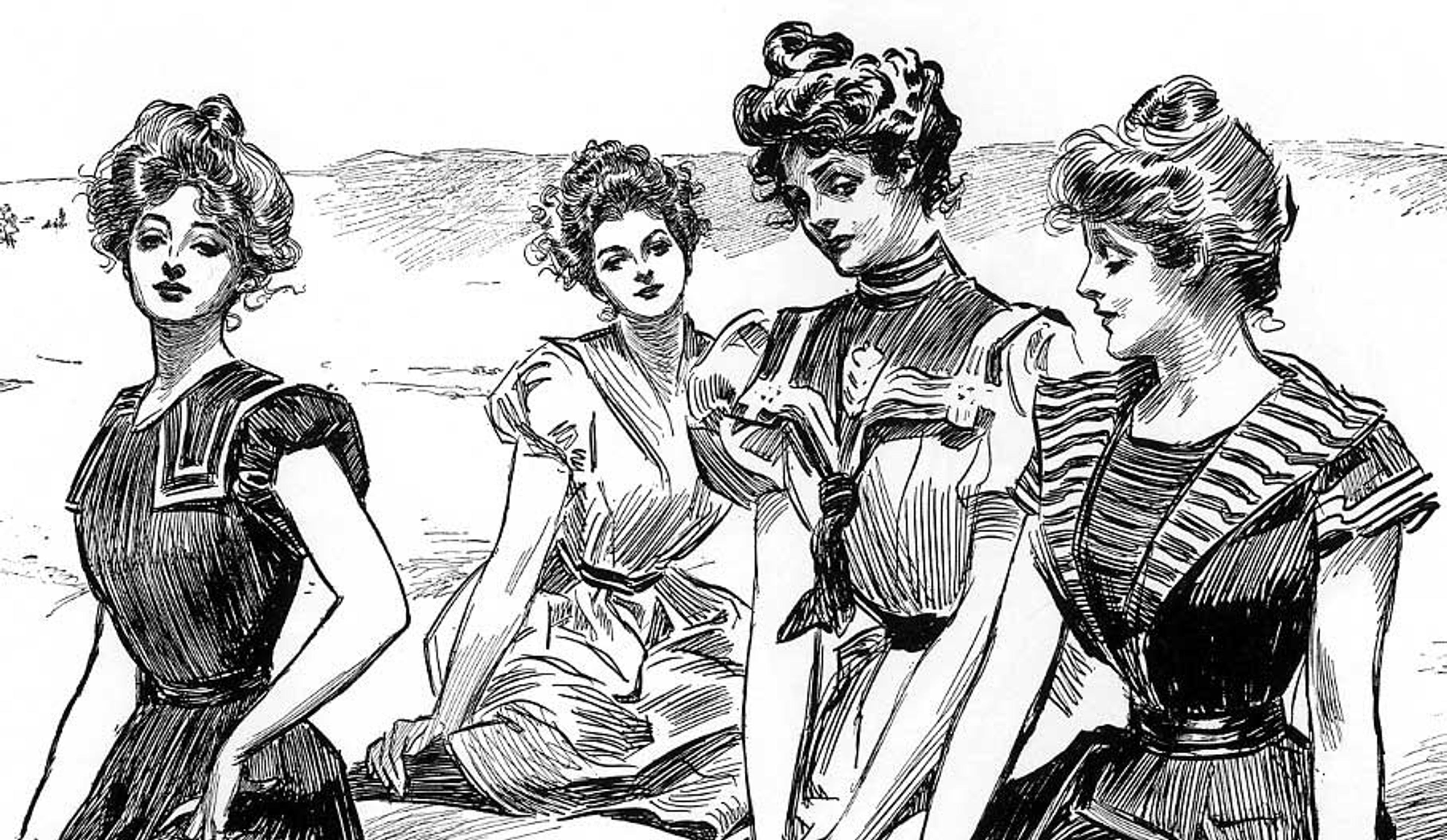Seeing faces or figures where there are actually none is a phenomenon called pareidolia. Its is a function of the human brain that serves to fill in visual information using prior knowledge or experience. In the case of the moon, depending on the hemisphere from which you view it and the culture from which you come, you might see a pair of hands, a banyan tree, a rabbit, or in the case of Europe and the United States, a man's face. Man in the moon jewelry was a brief but notable trend in the late Victorian and early Edwardian periods. The focal point of these rare and collectible jewels is always a face carved from moonstone, saphiret, or glass, typically accented with a halo or crescent of seed pearls or diamonds. This man in the moon ring was converted from a brooch at some point in history. The finely carved moonstone face exudes a lovely adularescence within a surround of seed pearls.
thedetails
- Materials
12k rose gold (tests), moonstone, seed pearls
- Age
c. 1900
- Condition
Excellent - pearls have discolored with age
- Size
US 6.5, can be resized for an additional fee of $90; 12.6mm diameter at head, 1.8mm hoop
Need more photos?
Send us an email to request photos of this piece on a model.

Aboutthe
EdwardianEra
1900 — 1910
The jewelry tended toward airy lightness, often in the form of lacy filigree. The world was changing rapidly, but lots of the jewelry still reflected the Victorian ideals of decorum and femininity. Ancient Roman and Greek influences remained popular. “White” jewelry became popular as plentiful deposits of platinum were discovered in Russia and improved smelting technology made it possible for jewelers to work in the noble metal. Platinum was seldom used by jewelers in earlier years owing both to its scarcity and high melting point. The jewelry trade took advantage of its rigid strength to create opulent openwork settings for increasingly brilliant diamonds. The old European cut was perfected, rounder and squatter than old mine. This took stone-cutting one step closer to the mathematically perfect round brilliant cut, which is the most popular diamond cut today. The now-iconic square Asscher cut was patented in 1902. Hot on the heels of platinum, the alloy mixture that produces white gold was formulated and patented in 1915 in New York City. With Europe in the grip of WW1, the American jewelry industry was poised to become a world leader and innovator.



